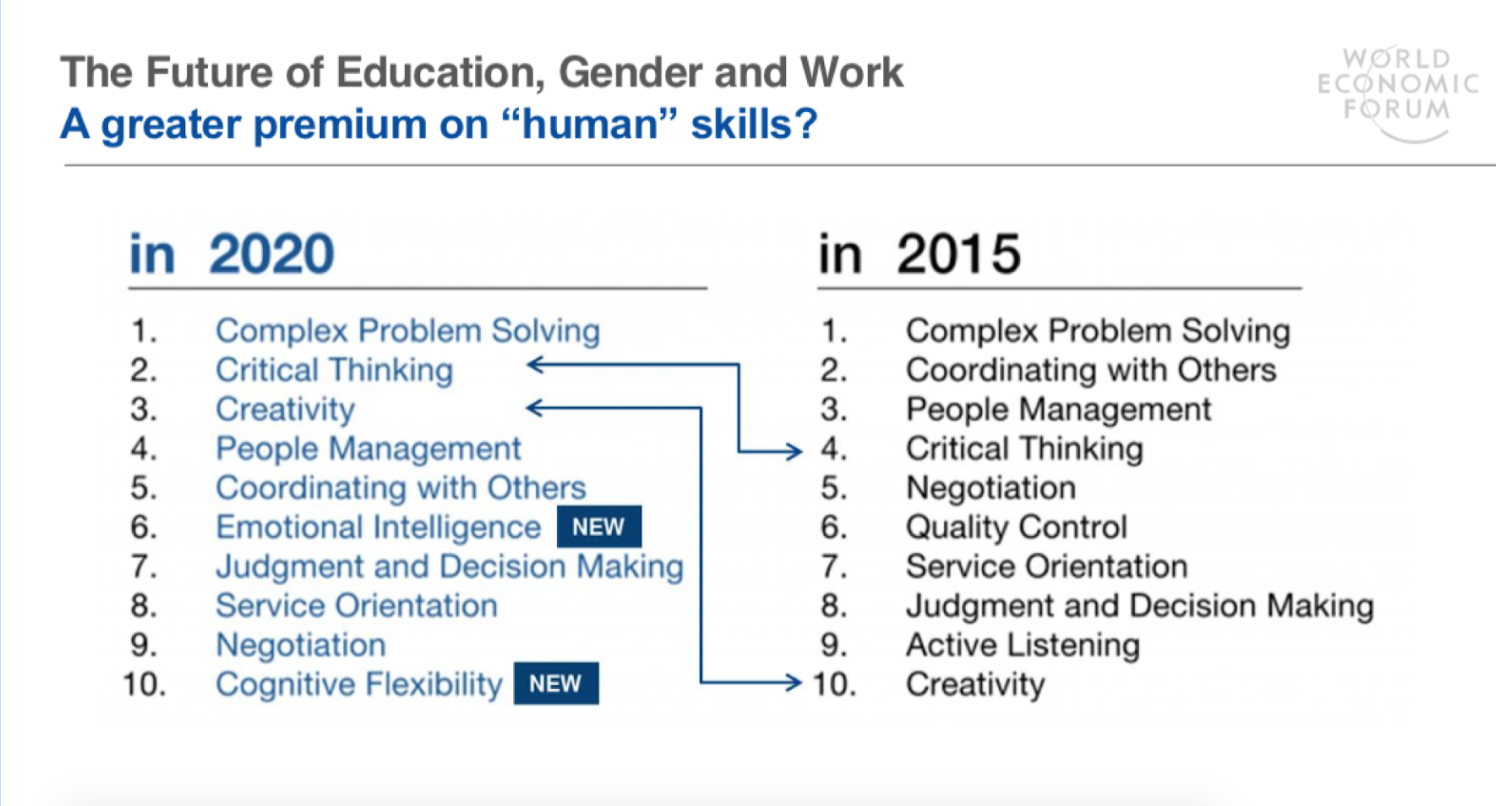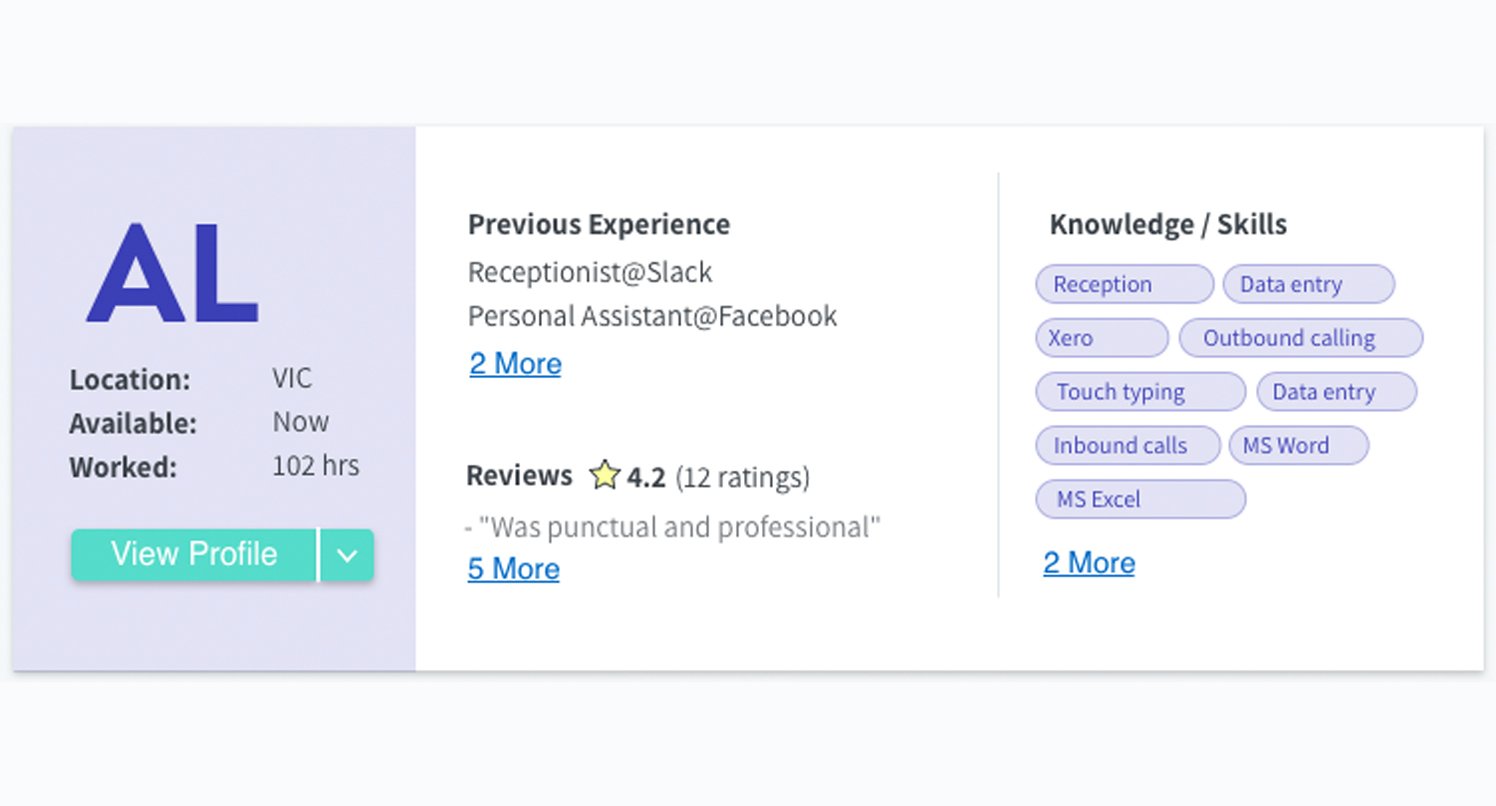Of employees are worried about automation putting jobs at risk
PwC survey of employees, 2018

In a world where uncertainty is the new normal, the acceleration of change is causing social, political, technological and economic changes that feel as though the ground is being pulled out from beneath our feet. The onset of the technological revolution and the impact of automation and Artificial Intelligence on current work and jobs available, is arguably the most sensitive topic of all in discussions about the Future of Work. This eBook explains why digitally enabled labour market solutions like Weploy will help to ground your business, safeguard your employees and enable growth in the age of AI.
37%
Of employees are worried about automation putting jobs at risk
PwC survey of employees, 2018
75 million
jobs displaced due to automation 2022
World Economic Forum
42%
Believe AI will be widely deployed in their organisation within 3-5 years
Deloitte Global Human Capital Trends 2018
What does “the rise of the machines” mean for the future of work? Will automation and AI absolve the world of work we know today? According to the World Economic Forum, it is estimated that between 2015 and 2020, 7.1 million jobs will be lost so it is not hard to see why there
The reality is

The Future of Work will be augmented with technology to improve outcomes. As tasks that are currently managed by humans (such as data processing) move to automation, new tasks will emerge to take the outputs from automation and deride insights for action.
This pie chart shows types of activities involved in the finance industry group as a percentage of overall responsibility. The colour coding represents the feasibility of automating the tasks by adapting currently demonstrated technology.

As tasks get automated, the concept of traditional roles becomes obsolete. This in turn has dramatic consequences for organisational design as functional silos become less effective and the shift towards more outcome and project based collaborative teams increases. At present, we design our organisation and work around static roles and functions. The future will require adaptability and agility as the rate of change increases.
Read morePresent
Siloed workforce structured by business function stifling collaboration
Hiring full time employees to undertake specific roles
ad hoc training based on specific needs e.g. technology or platforms
Innovation mainly carried out by one “Key person”
Future
Project based groups with a focus on agility, collaboration and outcomes
Increased use of non-traditional workers such as freelancers and crowd platforms
Continual training seen as core organisational competency
Fail fast, iterative approach to innovation across the organisation

Research shows that there is a greater premium on “Human Skills” in 2020 than in 2015. The “Top Ten” list of skills required has shuffled – Creativity has risen from 10th to the 2nd most important. The top ten list now includes Emotional Intelligence and Cognitive Flexibility, supporting the prioritisation of people in the set up of a productive working environment: certain types of people, augmented by machine.


For businesses, this translates to flatter, more fluid models that can scale up and down according to external factors. In talent – this translates to agile people who are adept at responsive reskilling, and comfortable with navigating uncomfortable situations for which there may be no known solution. The only way of managing uncertainty, is to look to more flexible arrangements and new ways for people to organise themselves in a digitally integrated workplace. Digitally enabled labour market solutions like Weploy, can help businesses effectively master this flexibility and agility.
Clearly, there must be

Did you know?
In 2010, Procter and Gamble sourced more than 50
“ By 2027, a fortune 2000 company will have no employees outside of the C-Suite”
Accenture
Due to ever-increasing technological requirements and increased uncertainty in the skills required within the next few years, or 12 months even, organisations cannot rely on predicting the future and instead must build flexibility and adaptability into their DNA. This is backed up by the increasing use of contingent, freelance and on-demand workers.

The benefits are twofold: increased diversity and productivity within businesses, and a better work/life balance and sense of career ownership from individuals.
Businesses today should be exploring which roles or tasks they are able to outsource, insource or automate to make better use of their current workforce and the skills that are available in the market. Technology will play a critical role in servicing this demand for non-traditional workers as they are able to offer the scale and ability required for such working arrangements to succeed.
83%
Of executives say they are increasing contingent workforce
Oxford Economics
52%
Of millennials expect to work independently
Deloitte
19%
Of APAC organisations have more than 40% of their workforce in temporary positions
HireRight
Technology Adoption
There should be a multi-disciplinary senior project team responsible for the review and adoption of technology across the business and mapping out consequences and impact on employee engagement and the other pillars
Continual skills based learning
With automation creeping in to every part of the business and retention of key skills paramount. Organisations that build training as a core competency will win the war on talent.
Organisational Design
Building adaptability will be more important that long term planning. Those organisations that can foster innovation by removing business silos and increasing collaboration will succeed
Project based work
As innovation and speed to market become essential for survival we will move from functional teams to outcome based teams made up of those individuals that have the right skills - not job titles
“ By 2025, more task hours will be completed by machines than humans ”
World Economic Forum
As organisations are restructuring to keep up with technological innovation - the Future of Work is shifting. The traditional 9-5 arrangement is fast dissolving into more flexible and independent patterns and the Gig Economy is booming.

A recent study by a leading Australian recruitment firm revealed that 55% of Australians would take a 20 per cent salary cut in order to work from home. A further 22 per cent would sacrifice 10% of annual income in return for flexible working arrangements. With the advance of digital freelance marketplaces, high speed internet and high-powered mobile computing tools, the autonomy that accompanies freelance work is more attainable than ever.
As more people realise the benefits of working independently, the freelance economy will continue to influence the workforces of the future.
Intuit 2020 Report

The possibility for on-demand and contingent staff is manifold.
“Perpetual has been using contractors for seasonal and project-based work for sometime now, but we used a Weployee who was able to support my Learning & Development team with a specialised 12-week vocation programme, with very little resource spent on induction and training”
Amit Pahuja, HR Business Partner, Perpetual Limited
The potential for Artificial Intelligence to wipe out entire functions is palpable. But the really smart enterprises are now thinking about how they can mitigate the risks and how they can use technological change to facilitate new ways of organising people in a digitally integrated workplace.

Prediction 2:
Increasing use of contingent and on-demand staff. Companies that are the first movers in developing these strategies will develop a strong competitive advantage due to increased productivity.

It is clear that the new world of work must be refreshed, reset and restructured with a new narrative. Adaptability in people, and flexibility in business structure are key, and a necessary part of the solution is a shift of thinking from full-time jobs to tasks - which can then be split amongst either people, or machines. Digitally enabled market solutions are the quickest and most efficient way of supplying the people for these tasks.
Flatter and more responsive workforces must be comprised of blended teams of diverse people with complementary skills sets, alongside technologies that can support them with the machine learning tasks. Organisations that can effectively implement true agility, and tap into the idea of an augmented workplace supplemented with a digitally enabled labour market platform like Weploy, will be the only ones with a hope of survival.